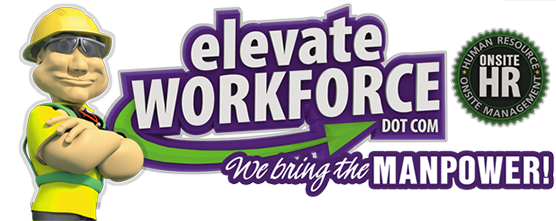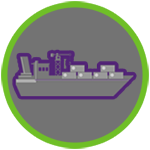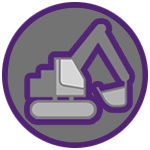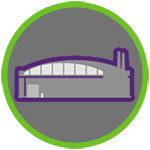Operating a crane safely requires adhering to specific work procedures to reduce risks and prevent accidents. This process involves several steps that must be meticulously followed for the safety of all involved.
1. Appropriately Train All Employees
Training employees is fundamental in ensuring their safety and the safety of others on the worksite. This training should be comprehensive, covering every aspect of crane operation. It includes understanding the machinery, learning how to operate it safely, performing regular inspections and maintenance, and what to do in an emergency.
This training should also cover the hazards during crane operation and how to prevent or mitigate them. In addition, workers should be educated about the importance of communication during crane operations, using correct signals, and following set procedures. Finally, it’s essential that refresher training occurs regularly to ensure that skills and knowledge remain up to date.

2. Select Appropriate PPE For All Employees
Personal protective equipment (PPE) protects workers from potential hazards. This includes helmets to protect against head injuries, safety glasses against flying debris, and steel-toe boots to protect feet from falling objects. In the case of crane operators, gloves should be worn to prevent hand injuries and ensure a firm grip on the controls.
Different operations might require additional types of PPE, such as high-visibility vests, earplugs or earmuffs for noise protection, and even respirators if the work involves exposure to harmful substances. The employer needs to conduct a risk assessment to determine what PPE is needed for each task, provide it to the employees, and ensure they are trained to use it correctly.
3. Properly Safety Plan All Jobs Before Starting Work
Before beginning any crane operation, a detailed safety plan should be in place. This plan should outline all the steps involved in the operation, from setup to tear down and identify any potential hazards that might be encountered along the way.
This planning process should involve:
- Clearly defining the work to be done, including the location, materials to be used, and the order of operations.
- Identifying potential hazards, such as overhead power lines, equipment or personnel, and unstable ground conditions.
- Implementing safety measures to mitigate these hazards. This might include ensuring the crane is set up on stable ground, marking out exclusion zones to keep unauthorized personnel away, and coordinating with other teams on the worksite to avoid conflicts.
- Designating a competent person or persons (often the crane operator and a signal person) to be responsible for the operation and for ensuring that the safety plan is followed.
The safety plan should be reviewed by all involved before work starts, and adjustments should be made if any new hazards are identified. Regular safety briefings can also help to ensure that everyone understands the plan and their role in it.
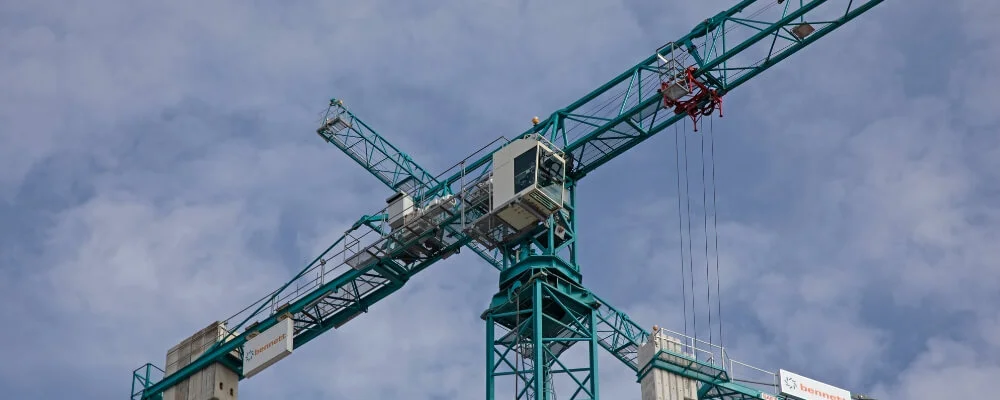
4. Ensure Clear Warning Signals Are Displayed On-site When Needed
All potential hazards in a worksite must be clearly marked with warning signals. This includes areas where cranes are operating. These signs help to alert employees and any other individuals present about potential dangers. Everyone on site should be educated on what each sign means and the appropriate action to take when encountering these signs.
The crane’s operating radius should also be marked using a visual aid, such as a painted circle or cones, extending at least 2 meters from the crane. This is important as it clearly indicates the crane’s “danger zone” and helps keep unauthorized personnel from inadvertently entering the crane’s operational area.
5. Make Employees Aware Of, And Strictly Enforce, Your Load And Lifting Limits
Every crane has a maximum load limit, and exceeding this limit can lead to disastrous consequences, including crane failure or collapse. Therefore, these limits must be clearly communicated to all employees, especially those directly involved in crane operations.
Before any lift, a detailed plan should be established, including the load’s weight, the lift’s path, the crane’s capacity, and any potential obstacles. Regular checks should be conducted to ensure these limits are not being exceeded, and any violation of these limits should be addressed immediately.
6. Ensure A Supervisor Is Present on Site at All Times When Cranes Are in Operation
A supervisor with knowledge and experience in crane operations should always be present when a crane is used. The supervisor’s role is to identify and address potential hazards, ensure the crew’s safety, and ensure adherence to all safety protocols. They should also regularly inspect the crane to confirm it is in safe working order.
7. Carry Out Routine Maintenance and Repairs of All On-site Equipment at Appropriate Intervals
Regular inspections and maintenance of all machinery, including cranes, are crucial to ensure they remain safe. This should include checking for visible wear and tear, ensuring all parts are secure, and making necessary repairs or adjustments. This maintenance should be carried out by a qualified engineer and be well-documented.
8. Know, Understand, And Comply with the Lifting Operations and Lifting Equipment Regulations 1998 (LOLER)
LOLER is a set of regulations that apply to any lifting operation in the UK. It outlines the responsibilities of employers regarding the safety of lifting operations, including providing appropriate training, maintaining equipment, and planning and supervising lifts.
9. Ensure Employees Know They Must Not Stand Under Loads And Ensure Operators Never Lift A Load Over An Employee
Operators must be trained to know that they should never lift a load over an employee. This is illegal, extremely dangerous, and can cause severe injury and death. Employees must also know the danger of standing under a load, as objects can fall unexpectedly or the crane may malfunction. They should always be kept from the crane and aware of the risk of being in its path.
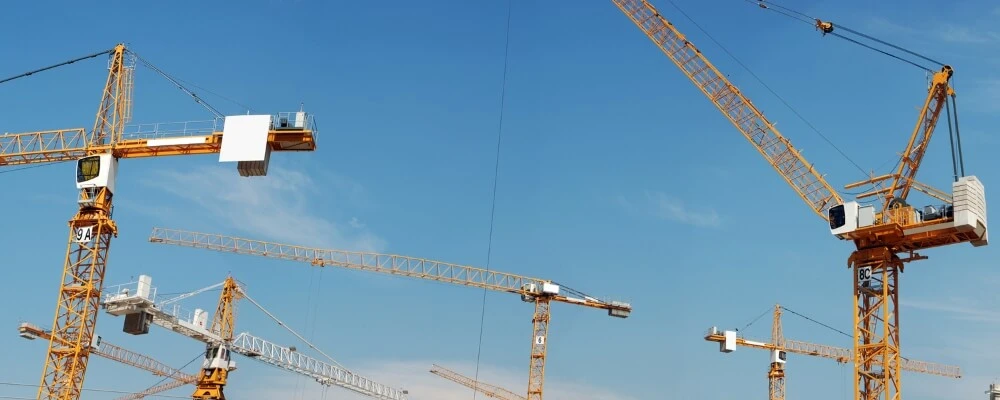
10. Have A Plan In Place For Any Emergency Situations
It’s essential to have an emergency plan in place in case of any accidents or malfunctions during crane operations. This plan should include procedures for reporting any accidents, emergency shut-off procedures, and evacuation plans in the event of a significant incident.
The emergency response plan should be discussed with all employees and the crane operator to ensure they know what to do.
